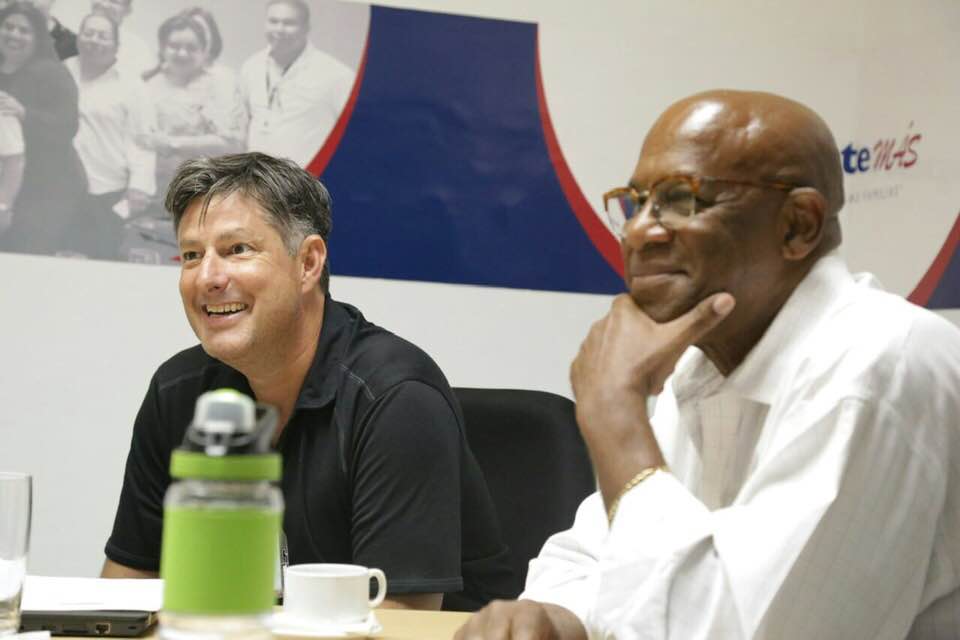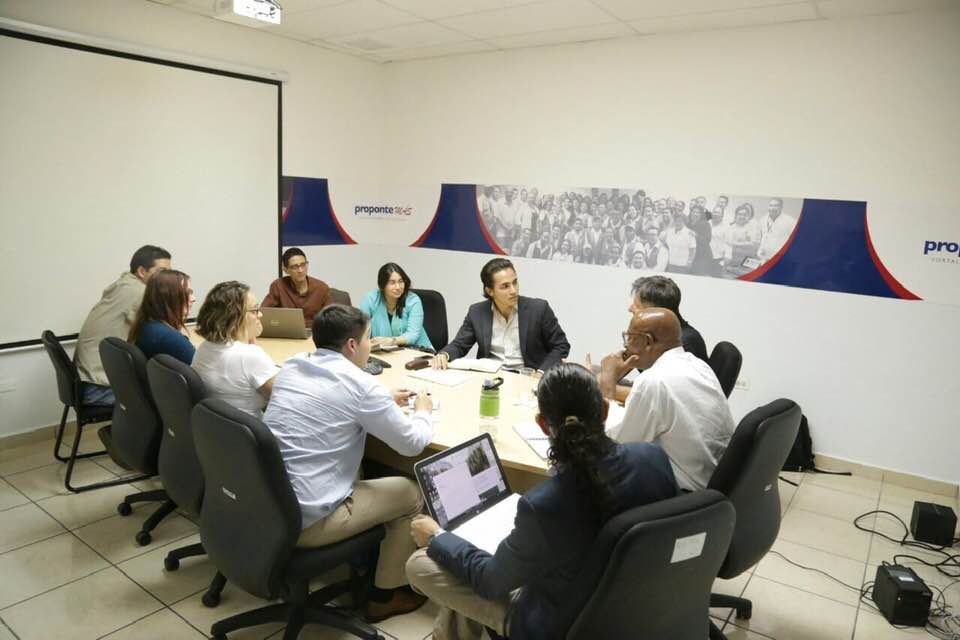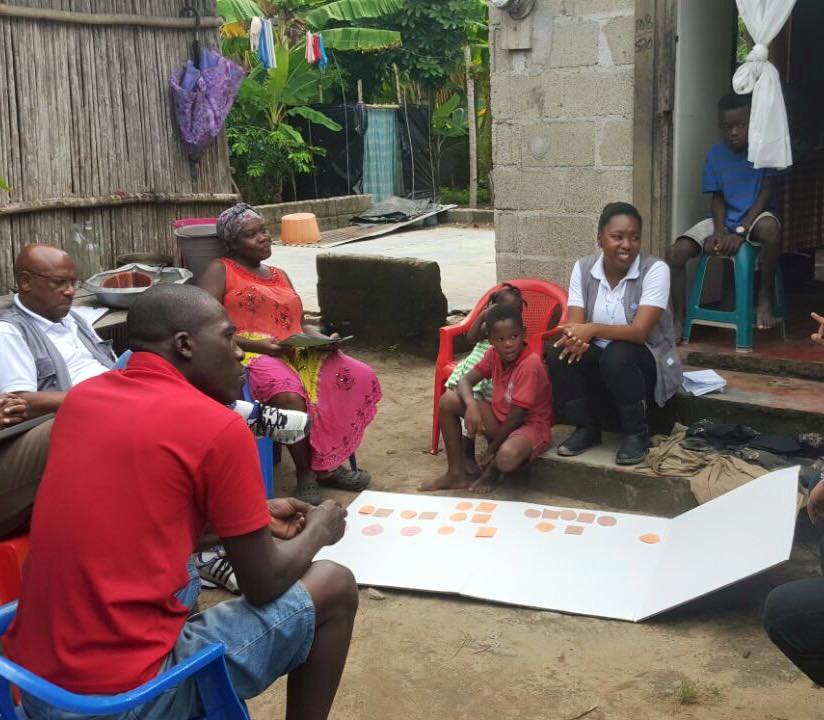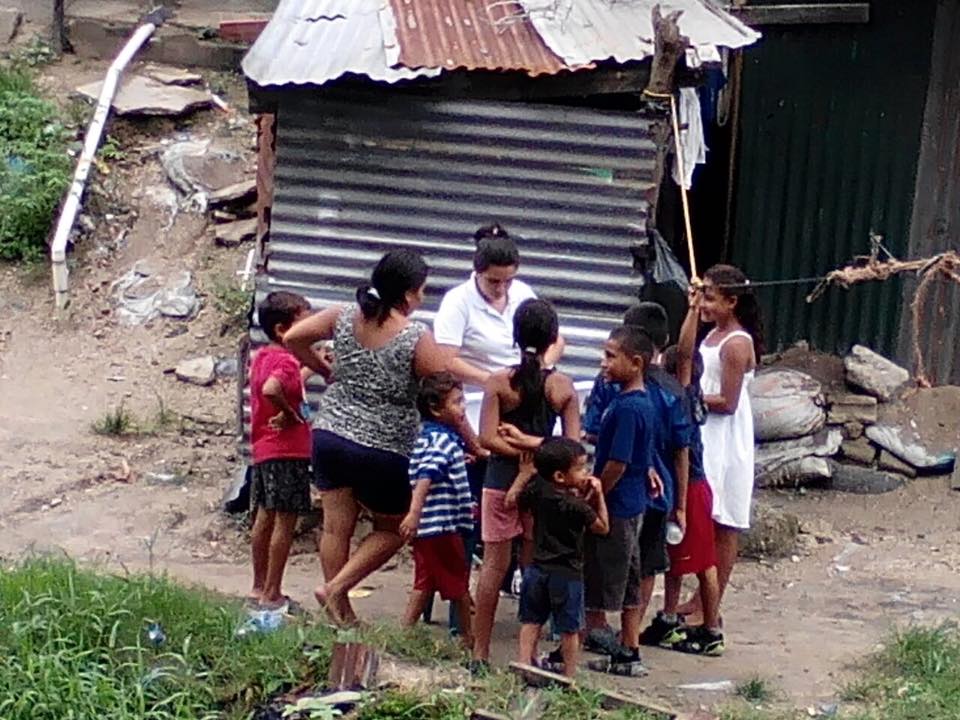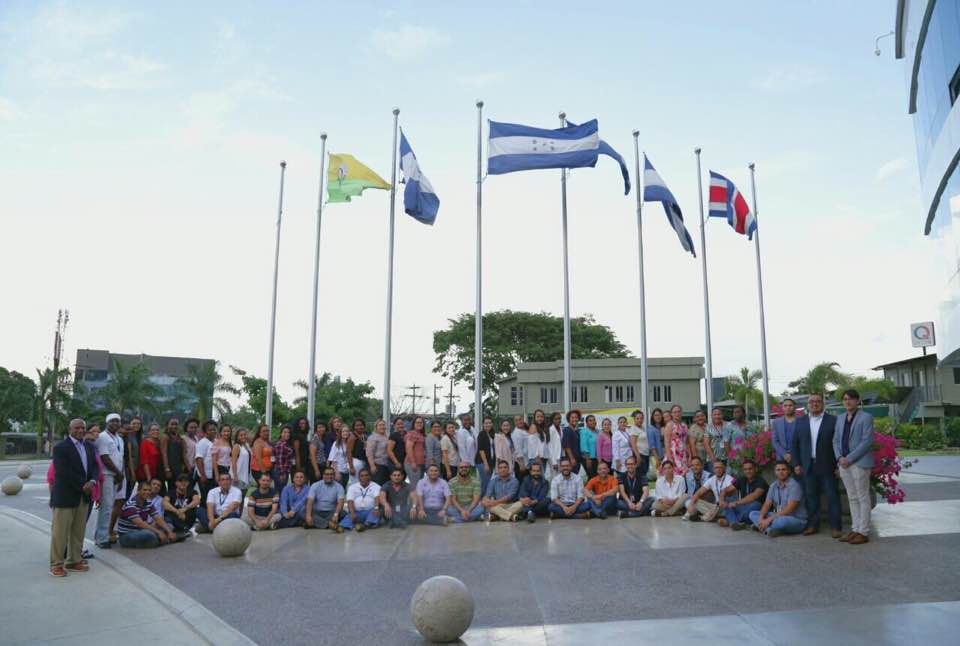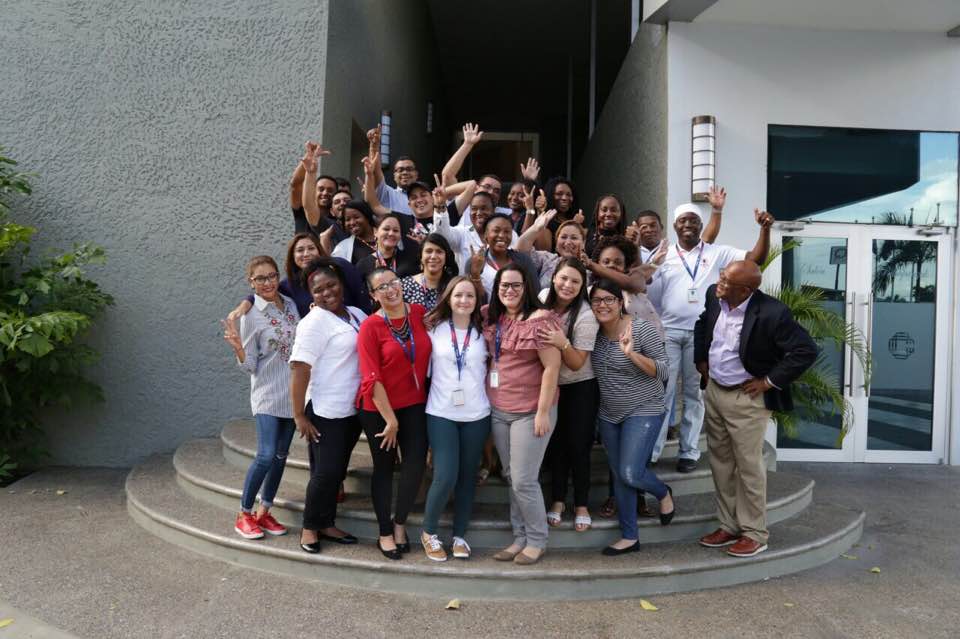IMPLEMENTATION: HONDURAS
Context of the issue
“ LA has a moral mandate with Central America as we had some of the responsibility in exporting the gang problem, therefore we also have the responsibility of exporting the solutions ” – Guillermo Cespedes
Exporting the solution
In 2013, Cespedes was asked to provide technical assistance and training to create a pilot program of violence prevention in Tegucigalpa, the capital city of Honduras. The mandate was to adapt the Los Angeles model of youth-risk assessment and family intervention to the needs of Honduras, applying the same theory that worked in Los Angeles: if evidence-based interventions were focused on locations where violence was the highest, and with youth who exhibited the highest risk of future violent behavior, then overall rates of crime and violence would decline. The results of this 18-month pilot showed promise, recording a 52.4% reduction in risk factors for youth that predispose them to violence in post-evaluation results. Attention was then given to expanding the 2013 pilot and building a robust violence prevention strategy in Honduras, driven by funding from USAID and spearheaded by Creative Associates International. The violence prevention strategy would be implemented in the neighborhoods within municipalities experiencing the highest levels of violence: Tegucigalpa, La Ceiba, and San Pedro Sula.
The approach
The program involved a two-tiered approach
- administering the eligibility tool that identified the youth at risk of delinquency and violent behavior; and
- conducting family-based secondary intervention to eligible youth identified and their families.
The method was grounded in the family systems theory that working with the youth and family together to strengthen the family unit would improve positive connections for the youth and thereby increase the potential to resist negative influences.
Strengthening the family structure would become an even more crucial component for the model implemented in Honduras, because, unlike Los Angeles, where interventions included community service referrals, social services in the rural and urban areas of Honduras were minimal.
Family counseling took place in seven phases over a six-month period. The phases focused on working with the youth, family, and counselors as mutual collaborators; redefining problems and solutions as those belonging to the family rather than to the youth singularly; acknowledging and celebrating when positive changes occurred; learning how to integrate those changes into the family system; and establishing new family agreements that would support positive supervision of change.
Cespedes lent his technical expertise and professional oversight to the implementation of the seven-phase process. Additionally, he took to the task of designing the training curriculum, hiring all counselors who would conduct both the risk assessment and family counseling, and designing of a new master’s program in family counseling at Universidad Catolica de Honduras. In the final stages of program implementation he provided major contributions to the Family Matters: A Family Counselor Training Manual, the manual used in family counselor trainings for numerous violence prevention programs across the globe.
Results
Based on the assessment carried out by the Arizona State University Center of Violence Prevention and Community Safety, which incorporated a control group where no interventions were applied, significant outcomes were observed. Interventions improved family function, reduced risk-factors for youth, and showed “mediated reductions in overall delinquency.” Remarkably, 77% of participants exhibited a reduction in risk-factors after undergoing six months of treatment. Notably, even those participants who did not complete the full six-month treatment period displayed improvements.
By 2019, the homicide rate of Honduras had dropped to 43.6 per 100,000 – a close to 50% decrease from the country’s highest rates in 2011. Some argue a variety of factors contributed this decrease: national investment in strong anti-gang police forces, investment in community leadership, economic aid supporting general national financial health, etc. However, the results of the secondary prevention strategy as a prevention measure cannot be understated.
The implications
With the success of the secondary prevention model, shown to work in both Los Angeles and Honduras, communities with vastly different demographics, topographies, economic stabilities, and cultures, it became clear that this model could be highly adaptable. Attention began to be paid to how to implement such violence prevention programming in other areas of the world experiencing high rates of crime and violence and with other at-risk populations beyond gang-involved youth. (Click here to see how programming was put into practice not only in El Salvador, St. Lucia, St. Kitts, Nevis, and Guyana but also how it was utilized to address violent extremism among youth in Tunisia.)


